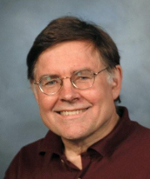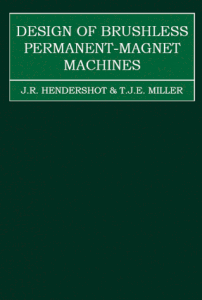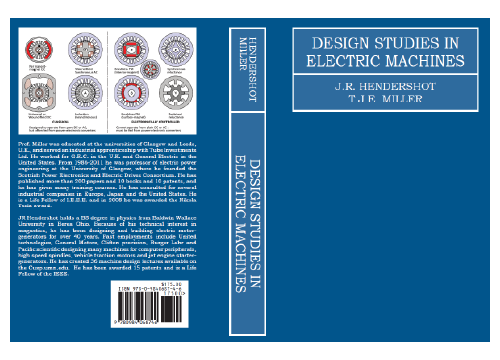An engineer’s diary
-
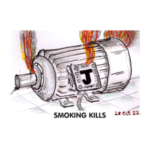
[No. 51] Current-density J
Next in alphabetic sequence is J — which could stand for 'JMAG' or 'JAPAN', but instead let us think of J as the common symbol for current-density. Sometimes when I think about c…
-

[No. 50] Insulation
In this series of Engineer’s Diary, the topics are selected by following the letters of the alphabet, giving an almost random walk through the field of electrical engineering. ‘I’…
-
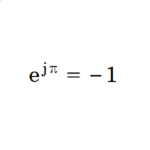
[No. 43] Exponential function and complex numbers in electrical engineering
Euler [1707-1783] is closely associated with this equation which has been described as the most beautiful equation in mathematics. It is sometimes regarded as having mystical sign…
-
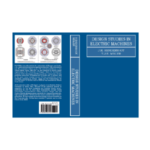
[No. 52] JMAG goes to work
This new book is written for engineers concerned with the design and development of electric machines.
-
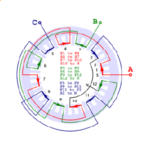
[No. 13] Winding diagram for an AC motor
Here we see a winding diagram for a 3-phase AC induction motor or brushless PM motor (IPM), having 4 poles and 36 slots. This winding could in fact be used with any AC machine, i…
-
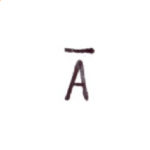
[No. 39] The magnetic vector potential
A is commonly used as the symbol for magnetic vector potential, just as B is used for flux-density or "induction", and H for mag…
-
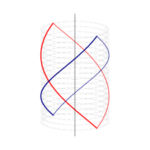
[No. 48] Helical winding
The helical winding (Figs. 1 and 2) was originally examined as a candidate air-gap winding for large 2-pole superconducting alternators at International Research and Development C…
-
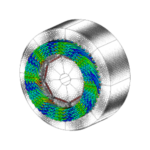
[No. 49] Hair-pin winding
The hair-pin winding has become prominent in drive-train motors for electric and hybrid vehicles, with many creative examples in manufacturing. Although ‘push-through’ hair-pin co…
-
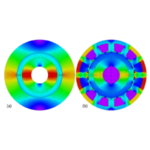
[No. 46] Harmonic poles
The number of poles is perhaps the most basic parameter in the design of an electric machine. When we speak of this parameter, we usually mean the number of working poles. Fig. 1 …
-
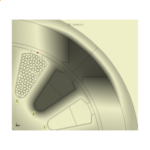
[No. 35] The position of wires in the slot
In the armature of a permanent-magnet DC motor, the wires usually occupy a rather untidy pattern in the slot — not because there is anything wrong, but simply as a result of the w…
-
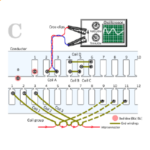
[No. 41] Coils and Conductors
The two previous Engineer’s Diaries were titled A and B: A for vector potential and B for flux-density. This is C, for coils and conductors — and maybe for “crocodile clips” (croc…
-
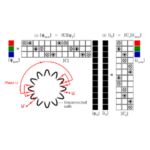
[No. 54] K : Kron
Last month the letter K failed to provide a ready supply of suitable electrical engineering topics for the Diary, so we borrowed the German term Kennlinie.
-
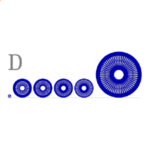
[No. 42] Diameter
D is for diameter! — surely the most fundamental of all engineering dimensions, at least in electric machine design. It is so important, we might ask ourselves why computer monito…
-
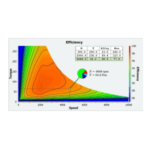
[No. 53] K : Kennlinie, ken-lines, and cissoids
Progressing through the alphabet of electrical engineering topics, we come to the letter K, and for this Diary I have to say I had some difficulty finding a suitable topic beginni…
-
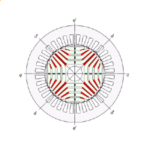
[No. 34] Some essential features of the synchronous reluctance motor
In Column 31 we deduced several inherent features of the switched reluctance motor merely by inspecting its cross-section and considering the main flux-paths, and here we will do …
-
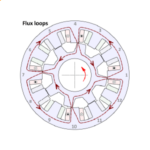
[No. 31] Some essential features of the switched reluctance motor
Every type of electric motor has certain essential features. One way to begin to understand them is to make a drawing, and at the same time make a list of observed features and ch…

